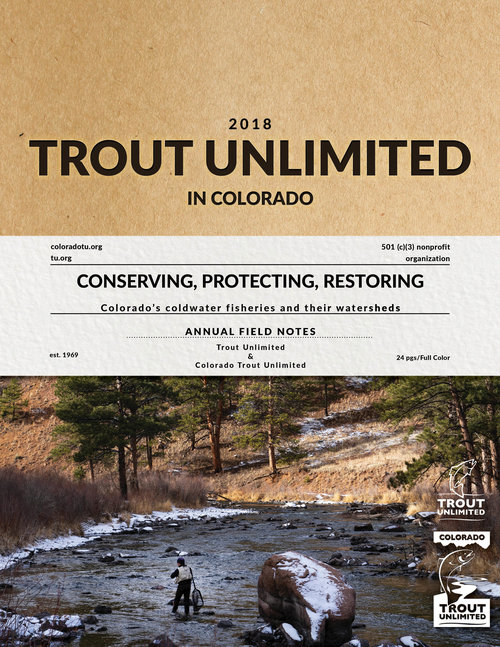After the Gold King mine spill in 2015, numerous Federal and State agencies placed a greater emphasis on quantifying the scope and scale of draining mines in Colorado. A study by the State Division of Reclamation Mining and Safety (DRMS) showed over 250 draining mines in Colorado with 148 likely degrading downstream water quality. With more frequent temperature fluctuations and population increases across Colorado, having clean water sources will become more important for future generations of Coloradans. The draft legislation discussed in previous summaries and below, will give qualified groups the opportunity to assist the EPA and federal agencies in addressing the cleanup of draining mines.
Good Samaritans would only be those private organizations and/or state agencies qualified to conduct cleanups who apply for, and receive, a new type of “Good Samaritan” permit from the EPA. At a minimum, permit applications would have to include: site description, parties to be involved in project, description of mine residue to be remediated, description of the expertise of the Good Samaritan and resources available to successfully implement the project, baseline environmental conditions, comprehensive remediation plan, monitoring plan, engineering plans, contractors, work schedule, health and safety plan, contingency plans, project budget, proof of financial resources and an operation and maintenance plan. Permits would only be issued after a public hearing and comment period, and only if the Good Samaritan meet requirements to the satisfaction of the EPA and applicable regulations.
Funding for Good Samaritan projects would come from a variety of private and public sources, including both state and federal dollars depending on site locations. Grants and foundation money could also be utilized to fund these types of cleanups that would take on a true collaboration of all project partners and interest groups in the surrounding area.
If the EPA chooses to issue a permit for an abandoned mine cleanup, a Good Samaritan would not be required to hold a traditional CWA pollution discharge permit. And, they would be shielded from lawsuits if 100% attainment of water quality standards are not achieved. The EPA would instead hold the Good Samaritan to the requirements and terms of the permit. And, in the unlikely event that a Good Samaritans violates the terms of the permit, and the violation leads to a reduction in water quality or environmental conditions below baseline levels, then the EPA is authorized to require the Good Samaritan to return the site to baseline conditions or face fines, bond forfeiture and permit revocation.
Good Samaritan legislation is being proposed by conservation organizations such as Trout Unlimited who want to conduct Good Samaritan cleanup projects, but are prevented from doing so under current laws. Under existing laws, there are three primary disincentives to Good Samaritan cleanups. They are: 1) It is not feasible to improve water quality to meet high Clean Water Act standards, even though there would be measurable water quality improvements. 2) The Good Samaritan would be permanently liable for pollution they didn’t create. 3) The threat of being sued under “citizen suit” provisions of the Clean Water Act if a project does not attain 100% of water quality standards for any given criterion - again, even if there is a measurable improvement in water quality.











